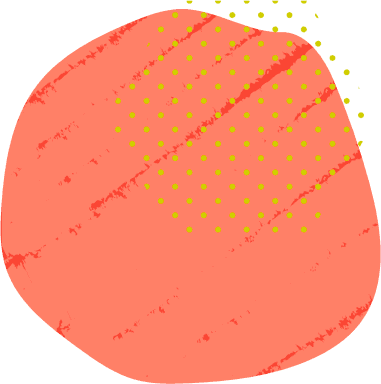What are the product, quotient and chain rules?
In this post, we understand and use the product, quotient and chain rules to differentiate functions of the form f(x)g(x), \frac{f(x)}{g(x)} and f(g(x)) where f(x) and g(x) are functions, as a part of the Prelim Maths Advanced course under the topic Calculus and sub-part Calculating with Derivatives. We learn how to:
- Apply the product rule: If h(x) = f(x) g(x) then h'(x) = f(x) g'(x) + f'(x) g(x) , or if u and v are both functions of x then \frac{d}{dx}(uv) = u\frac{dv}{dx} + v \frac{du}{dx}
- Apply the quotient rule: h(x) = \frac{f(x)}{g(x)} then h'(x) = \frac{g(x)f'(x) - f(x)g'(x)}{g(x)^{2}} , or if u and v are both functions of x then \frac{d}{d}(uv) = \frac{v\frac{du}{dx} - u\frac{dv}{dx}}{v^{2}}
- Apply the chain rule: h(x) = f(g(x)) then h'(x) = f'(g(x)) g'(x) , or if y is a function of u and u is a function of x then \frac{dy}{dx} = \frac{dy}{du} \frac{du}{dx}
How do I use the differentiation rules?
The following two videos cover how to use the product, quotient and chain rules, by understanding the theory behind it, and understanding how to implement the formulas with two functions.
Part 1
Part 2
https://www.youtube.com/watch?v=KE-6IGAD5nY






